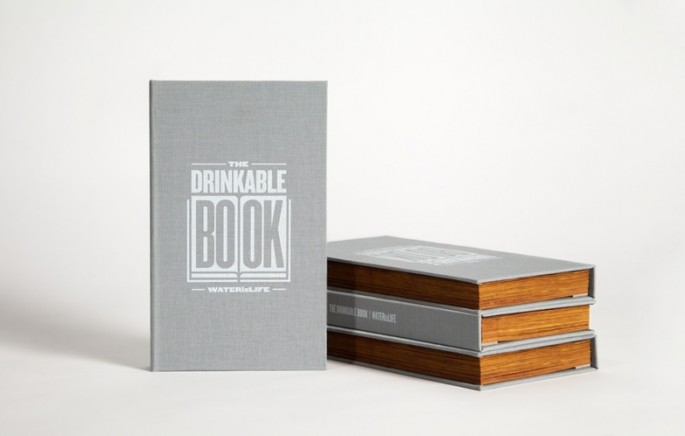Scientists have created a book where its pages can be torn out and filter water for drinking which already yielded successful results from its first field trials. This "drinkable book" is a combination of treated paper that includes crucial information why water needs to be filtered and easy steps how to obtain clean water for drinking.
The pages of the book work with nanoparticles containing silver or copper that detects and kills bacteria when water pass through this paper.
Scientists have already carried out trials at 25 contaminated sources in South Africa, Ghana and Bangladesh where it has successfully cleaned out and removed 99 percent of dirt and bacteria.
Researchers claim that the results yield a level of contamination now comparable to U.S. tap water and even if trace amounts of silver or copper were detected in the clean filtered water, these levels are still safe enough to drink.
This book technology was developed by Teri Dankovich from Carnegie Mellon University which took seven years in the making at McGill University in Canada and at the University of Virginia.
Dankovich is focusing on communities in developing countries where she noted that there are 663 million people in the world that have no access to clean, drinking water.
To use the book, the user needs to tear out a sheet of paper from it and put it in a simple filter holder and pour water onto it from rivers or wells where clean water will be produced and bacteria already dead.The bacteria are killed when they get absorbed with silver or copper ions depending on the nanoparticles used as they seep through a page.
The ions are rubbed from the surface of the nanoparticles where the microbes absorb them, Dankovich adds. The tests estimate that one page from the "drinkable book" can clean and filter up to 100 liters of water leading to one book filtering one person's water supply for as long as four years.
Apart from filed tests, the paper is also tested under laboratory conditions with artificial contaminated water where the success lead to field trials carried out in the last two years as she worked with charities like Water is Life and iDE.
During the trials, water samples came out with greater than 90 percent of no viable bacteria in them after filtering the water with the paper.These results were shown at the 250th American Chemical Society national meeting in Boston.



























